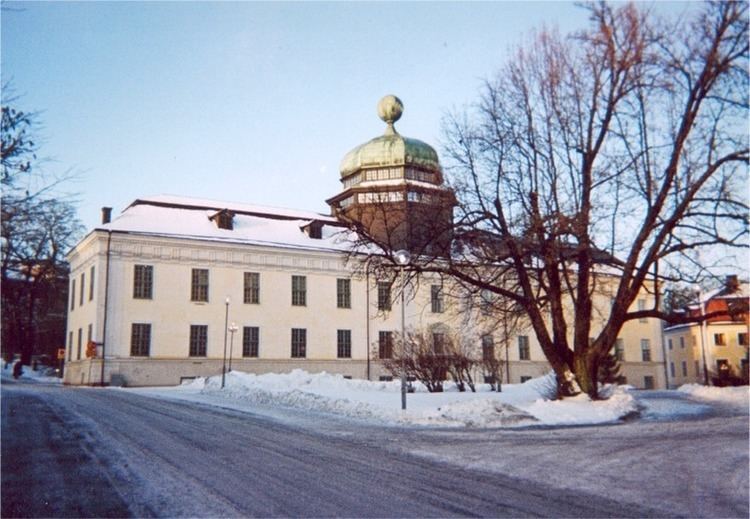Construction started 1622 | Current tenants Museum Gustavianum Inaugurated 1625 Phone +46 18 471 75 71 | |
 | ||
Address Akademigatan 3, 753 10 Uppsala, Sweden Hours Open today · 11AM–4PMSunday11AM–4PMMondayClosedTuesday11AM–4PMWednesday11AM–4PMThursday11AM–4PMFriday11AM–4PMSaturday11AM–4PM Similar Linnaean Garden, Uppsala Cathedral, Biotopia, Carolina Rediviva, Uppsala Castle | ||
Gustavianum 2
Gustavianum is the oldest standing building of Uppsala University. It was built between 1622 and 1625, and used as the main building of the university between 1778 and 1887. Since 1997 it is used as the university museum of Uppsala University.
Contents
Gustavianum museum uppsala
History
During the 16th century Uppsala University was in decline and by the latter part of the century tutoring had stopped almost entierly. However, during Uppsala Synod in 1593 there is an official decision to re-open the university. Due to the increasing number of students the old medieval university building, Academia Carolina, was no longer able to house the entire university, wherefore a second university structure became necessary.
Gustavianum was built between 1622 and 1625. The name Gustavianum comes from Gustavus Adolphus who in the 1620s donated money for its construction. The building was designed by the Dutch architect Caspar van Panten and contained lecture halls, printing halls, and housing for gifted students without means. In 1662 the professor of medicine and polymath Olaus Rudbeck significantly expands the building by adding another floor as well as constructing the theatrum anatomicum within a large cupola on its roof. The anatomical theatre is today the second oldest remaining anatomical theatre in the world.
The anatomical theatre was used until the 1750's when new more modern anatomical facilities were inaugurated in the neighboring building Konsistoriehuset. The cupola was instead used as a university library until the construction of the current library Carolina Rediviva in 1841. The cupola was later used as a zoological museum. In 1955 the anatomical theatre was restored according to Olaus Rudbecks original design.
During the 18th century the building was renovated by the architect Carl Hårleman. After the demolition of Academia Carolina in 1778 Gustavianum was made main building of the university. It maintained this function until 1887 when the current university hall was inaugurated. Teaching from the institutions of architecture, antiquity and egyptology continued in the building until 1997 when it was rebuilt into a museum.
Museum Gustavianum
Museum Gustavianum was inaugurated by King Carl XVI Gustaf on the 17 of June 1997. As the university museum all the exhibited objects are part of the university collections. In 2016 the museum attracted 82 539 visitors.
The museum has five permanent exhibitions:
